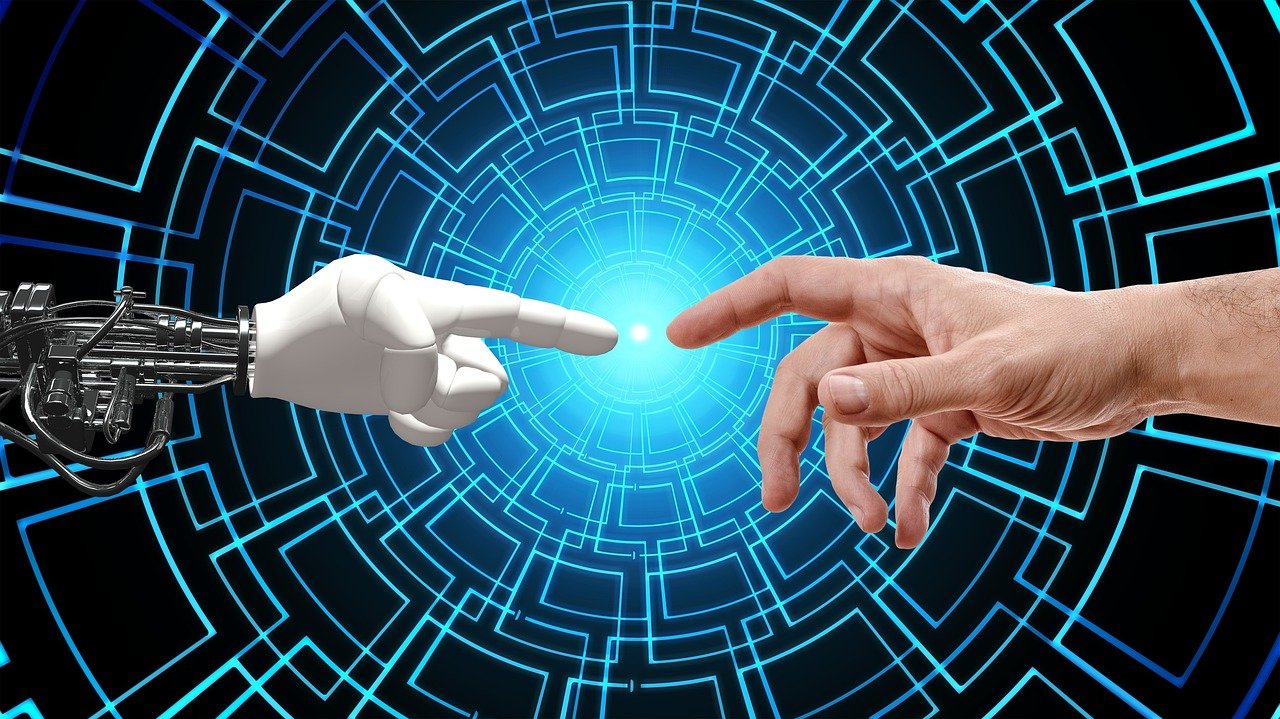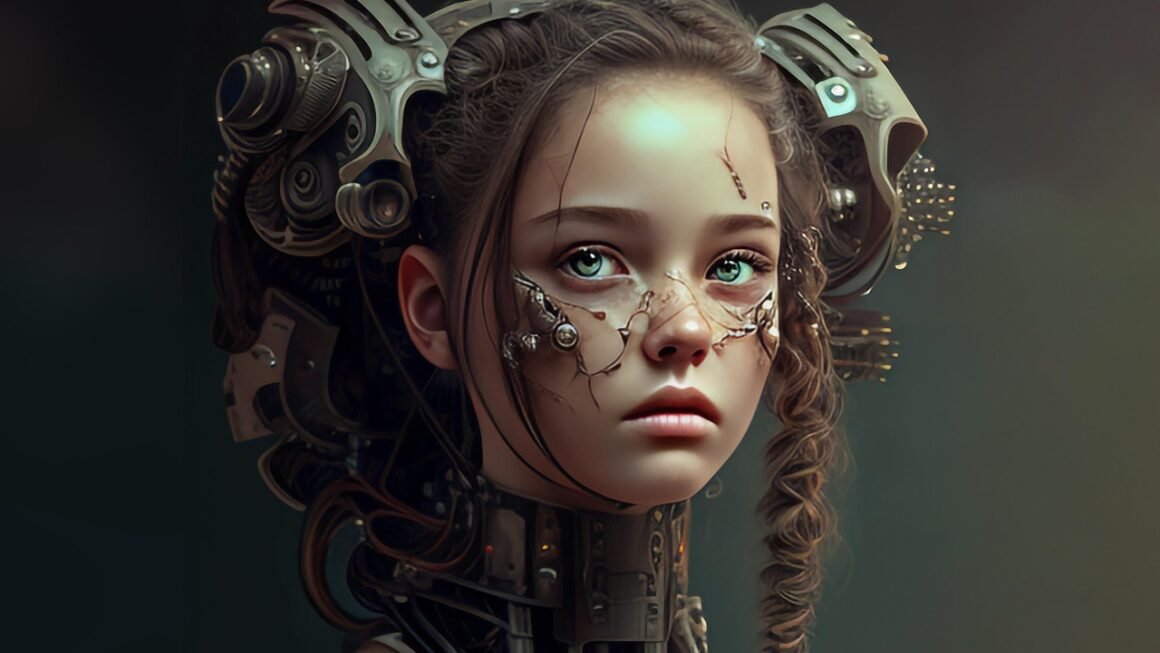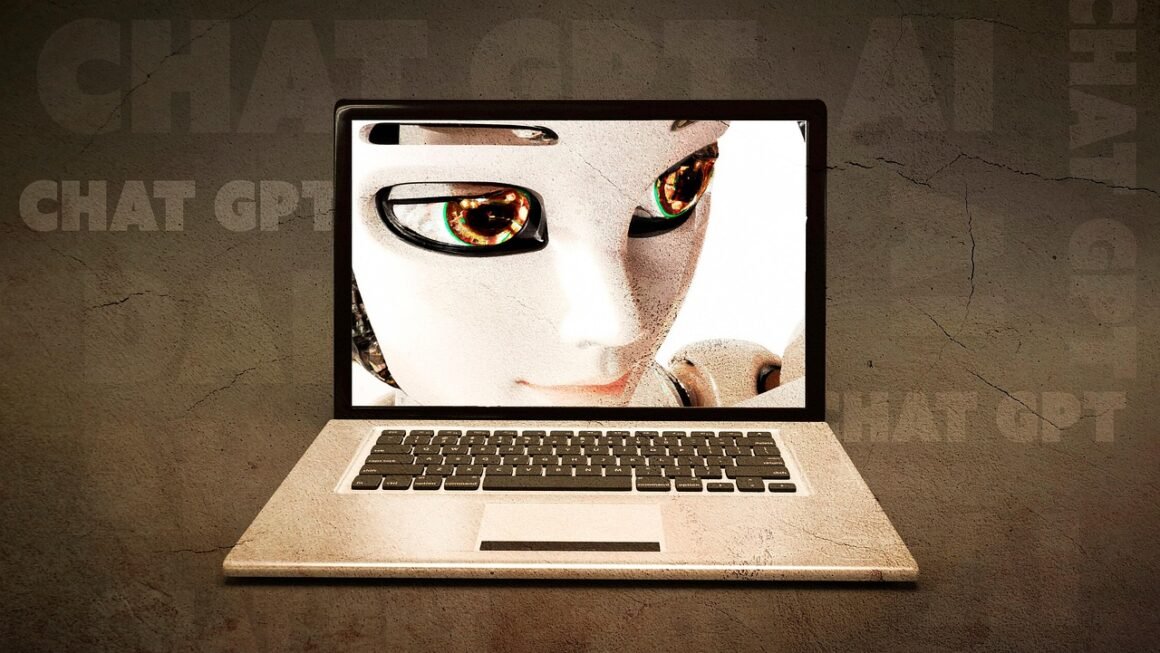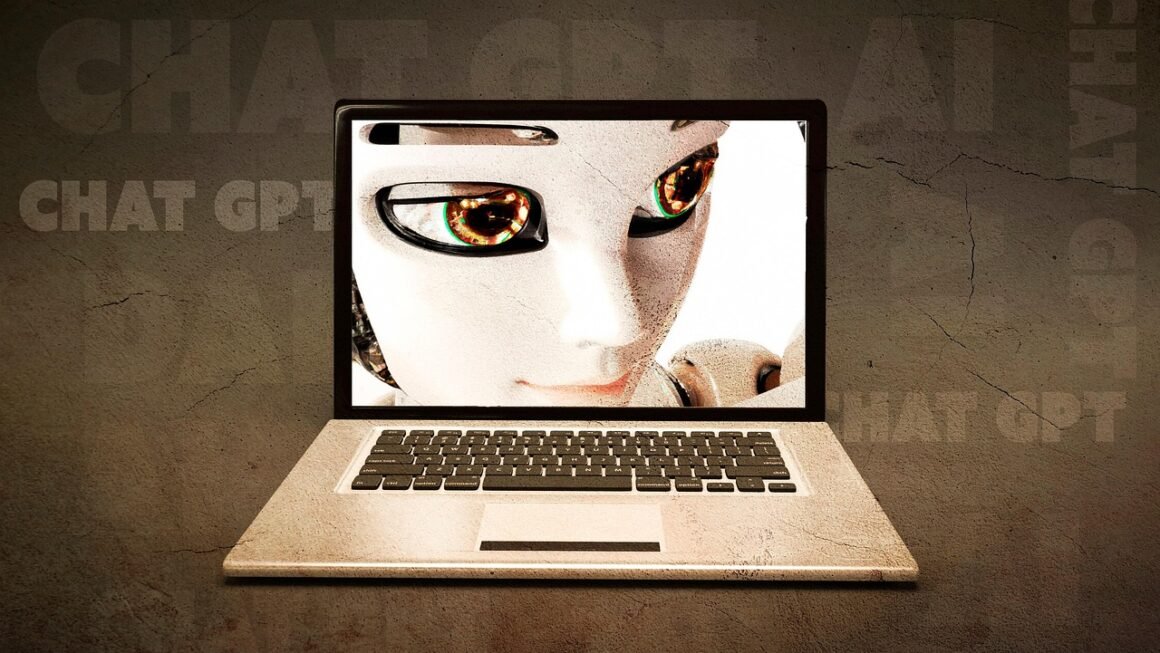The world of video games is constantly evolving, and one of the most transformative forces driving this evolution is artificial intelligence (AI). From creating more realistic and challenging opponents to dynamically generating entire game worlds, AI is reshaping how games are designed, played, and experienced. This article delves into the exciting ways AI is being implemented in the gaming industry, exploring its current applications and potential future impact.
AI-Powered NPCs: Bringing Characters to Life
Realistic Behaviors and Interactions
Non-player characters (NPCs) have long been a staple of video games, but traditionally their actions have been limited by pre-programmed scripts. AI is changing this by enabling NPCs to exhibit more realistic behaviors and respond dynamically to player actions.
- AI-driven NPCs can learn player habits and adjust their strategies accordingly.
- They can engage in more natural and believable conversations, making the game world feel more alive.
- AI can also be used to create NPCs with unique personalities and backstories, adding depth and complexity to the game.
- Example: In The Elder Scrolls V: Skyrim, although not perfect, Radiant AI allowed NPCs to make independent decisions about their daily routines, creating a sense of immersion. Modern games, like some simulation titles, use much more advanced AI to manage NPC behaviors, leading to emergent gameplay opportunities.
Dynamic Difficulty Adjustment
AI can also be used to adjust the game’s difficulty in real-time, providing a more tailored and engaging experience for each player.
- AI can analyze player performance and adjust the challenge level accordingly, preventing players from becoming bored or frustrated.
- This can include modifying enemy strength, adjusting resource availability, or altering the complexity of puzzles.
- Dynamic difficulty adjustment can also help players learn and improve their skills by gradually increasing the challenge as they progress.
- Example: Games like Resident Evil 4 use AI to monitor player health and ammo levels, dynamically adjusting the number and aggression of enemies to maintain a consistent level of tension.
AI-Generated Content: Creating Vast and Diverse Worlds
Procedural Generation
AI is revolutionizing game development by enabling the procedural generation of vast and diverse game worlds. This means that instead of manually creating every detail of a game environment, developers can use AI algorithms to automatically generate terrain, buildings, characters, and even storylines.
- Procedural generation can significantly reduce development time and costs.
- It allows for the creation of massive and varied game worlds that would be impossible to create manually.
- AI can also be used to generate unique and unexpected gameplay experiences, adding replayability to games.
- Example: No Man’s Sky utilizes procedural generation to create an almost infinite universe of planets, each with its own unique flora, fauna, and resources. While initially criticized for repetitive elements, the core principle demonstrates the power of AI to generate vast content.
AI-Assisted Level Design
AI tools can assist level designers in creating more engaging and challenging levels.
- AI can analyze level layouts and identify potential problems, such as bottlenecks or unfair enemy placements.
- It can suggest improvements to level design, such as adding cover, creating flanking routes, or introducing new challenges.
- AI can also be used to automatically generate level layouts based on specific criteria, such as difficulty, length, or theme.
- Example: AI tools are now integrated into many game engines to perform basic level design tasks such as pathfinding and cover placement, allowing designers to focus on higher-level design decisions.
Smarter Enemies: Enhancing the Challenge
Advanced Tactics and Strategies
AI is enabling the creation of enemies that can employ more advanced tactics and strategies, providing a more challenging and rewarding gameplay experience.
- AI-controlled enemies can coordinate their attacks, flank players, and use cover effectively.
- They can learn from player behavior and adapt their strategies accordingly.
- AI can also be used to create enemies with unique personalities and fighting styles, adding variety to combat encounters.
- Example: In F.E.A.R., the AI-controlled enemies exhibited advanced squad tactics, such as flanking and suppressing fire, making them incredibly challenging to fight. This significantly increased the tension and immersion in combat.
Machine Learning for Enhanced AI
Machine learning (ML) is being used to train AI models to become even more intelligent and adaptable.
- ML algorithms can learn from vast amounts of gameplay data and improve their performance over time.
- This allows for the creation of AI opponents that can constantly learn and adapt to player strategies, providing a constantly evolving challenge.
- ML can also be used to create AI opponents with more realistic and human-like behaviors.
- Example: OpenAI has developed AI agents that can master complex games like Dota 2, demonstrating the potential of machine learning to create highly intelligent and adaptable AI opponents. These agents learned to play by playing against themselves millions of times, developing strategies that even professional players were surprised by.
AI in Game Testing: Streamlining Development
Automated Testing Procedures
AI is playing an increasingly important role in game testing, helping developers to identify and fix bugs more efficiently.
- AI can be used to automate testing procedures, such as running through levels, performing actions, and checking for errors.
- This can significantly reduce the amount of time and resources required for game testing.
- AI can also be used to identify bugs that might be missed by human testers.
- Example: Companies are using AI-powered testing tools to automatically generate test cases, identify performance bottlenecks, and detect visual anomalies in games.
Identifying Bugs and Glitches
AI algorithms can analyze game data to identify potential bugs and glitches.
- AI can detect inconsistencies in game logic, such as objects clipping through walls or characters getting stuck in the environment.
- It can also identify performance issues, such as frame rate drops or memory leaks.
- By automatically identifying these problems, AI can help developers to fix them more quickly and efficiently.
- Example: AI can be used to analyze crash reports and identify the root cause of crashes, helping developers to prioritize bug fixes and improve game stability.
Ethical Considerations and the Future of AI in Gaming
Bias in AI-Generated Content
AI algorithms are trained on data, and if that data is biased, the AI will also be biased. This can lead to problems such as AI-generated characters with stereotypical or offensive traits.
- It is important to carefully curate the data used to train AI algorithms to ensure that it is representative and unbiased.
- Developers should also be aware of the potential for bias in AI-generated content and take steps to mitigate it.
- Actionable Takeaway: Implement robust data validation and bias detection tools during the AI training process.
Job Displacement in Game Development
As AI becomes more prevalent in game development, there is a concern that it could lead to job displacement.
- While AI may automate some tasks, it is also likely to create new opportunities for game developers with AI-related skills.
- Developers should focus on acquiring skills that are in demand, such as AI programming, machine learning, and data analysis.
- Actionable Takeaway: Game developers should proactively seek training and education in AI-related fields to remain competitive.
The Future of AI in Gaming
The future of AI in gaming is bright. As AI technology continues to develop, we can expect to see even more innovative and exciting applications in the years to come.
- We may see AI-powered games that can adapt to player behavior in real-time, creating truly personalized experiences.
- AI may be used to create entirely new genres of games that are impossible to create with traditional game development methods.
- AI may also play a role in esports, with AI-powered coaches and analysts helping players to improve their performance.
- Example:* Imagine games where the narrative adapts dynamically to player choices, creating a unique and personalized story for each player. Or games where AI characters exhibit truly realistic emotions and behaviors, blurring the line between virtual and real.
Conclusion
AI is rapidly transforming the gaming industry, offering exciting new possibilities for game developers and players alike. From creating more realistic NPCs to dynamically generating vast game worlds, AI is reshaping how games are designed, played, and experienced. While there are ethical considerations to be addressed, the potential benefits of AI in gaming are enormous. As AI technology continues to evolve, we can expect to see even more innovative and groundbreaking applications in the years to come, ushering in a new era of immersive and engaging gaming experiences.



